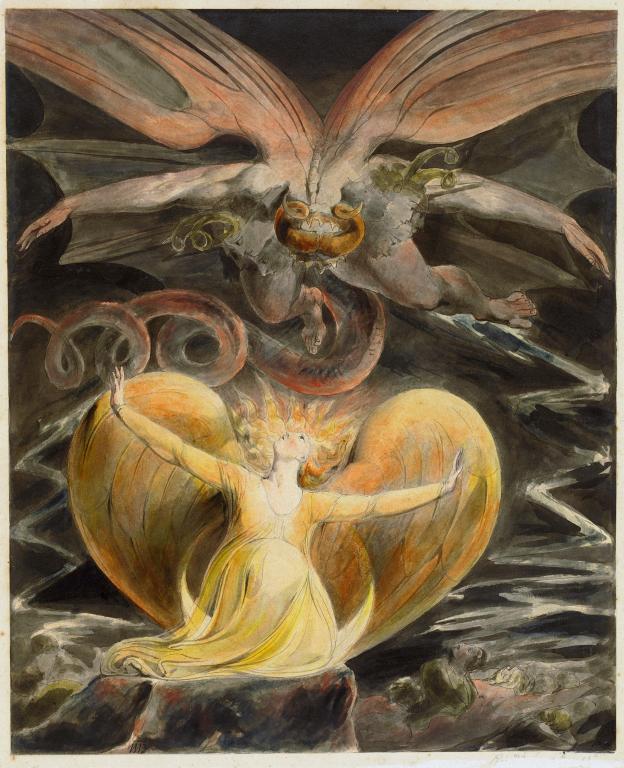During the Romantic Age, the city of Liverpool was the main port of the English slave trade. In fact, according to Gomer Williams, between the years of 1795 and 1804, 46,405 slaves were brought in through London, while 380,893 were brought in via Liverpool (680), which clearly demonstrates the astounding magnitude of the cruel enterprise in this area. With this, “estimates suggest that one in eight of Liverpool’s population – 10,000 people – depended on trade with Africa and 40 per cent of its income derived from the trade” (Shaw 16), so, many of its citizens were, unfortunately, not very eager to embrace abolition. The Liverpudlian traders’ resistance was made apparent by the 64 petitions they sent to Parliament in 1788 (Shaw 17) in order to stop them from passing the Dolben’s Act which would limit the number of slaves each ship could carry (LoGerfo). Despite their efforts, the bill passed and served to cast a light on the “egregiously indecent conditions” (LoGerfo 431) the slaves...
moreUVU Romantic British Literature (Spring 2021) Dashboard
Description

UVU 3650: Romantic Tensions: Conflict And Upheaval in Romantic Literature
Spring 2021
The Romantic period is unique amongst other literary historical periods; it is neither demarcated by, or named for, the reign a monarch (like the Elizabethan or Victorian eras), nor is it defined by the century with which it coincides (like the Twentieth or Twenty-First Centuries). Instead, the Romantic period is bookended by major political and social events. Named for a literary genre recovered in the eighteenth century (the medieval romance), the Romantic period is generally agreed to have ended in 1832 at the first major reform of the British Parliament, but its beginning could be considered to coincide with a variety of events, such as the 1776 American declaration of independence, or the 1789 commencement of the French revolution. In general, the literature of this period might be characterized as reactionary; Romantic critics and artists were responding to the period’s radical social and political shifts and to the British literary tradition’s overemphasis on classical influences at the expense of other genres and modes of expression. In many ways, they were confronting their own political philosophy, artistic ancestry, and the trauma and turbulence of near-constant war.
This course explores these confrontations through four loosely-constructed units that cover the political debates and artistic innovations fomented by the French Revolution, the challenges posed to gender norms by Romantic women writers, the passionate efforts of abolitionists to raise awareness about the horrors of slavery, and the radicalism espoused by some of British literature’s more (in)famous poets.
Image: William Blake, The Great Red Dragon and the Woman Clothed in the Sun, The Yorck Project (2002), Wikimedia Commons. https://commons.wikimedia.org/wiki/William_Blake#/media/File:William_Bla...
